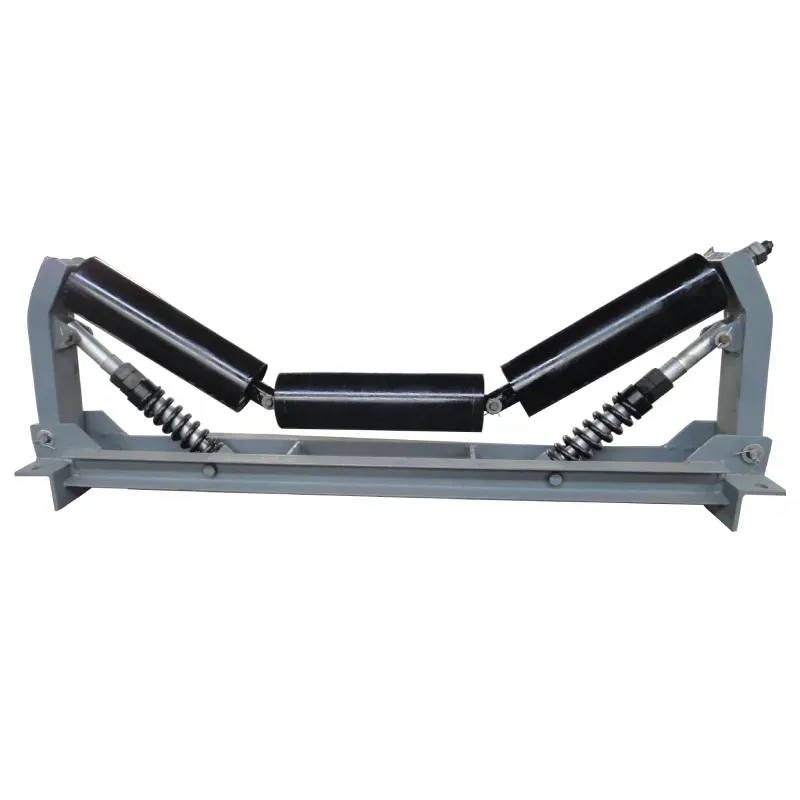 Afrikaans
Afrikaans  Albanian
Albanian  Amharic
Amharic  Arabic
Arabic  Armenian
Armenian  Azerbaijani
Azerbaijani  Basque
Basque  Belarusian
Belarusian  Bengali
Bengali  Bosnian
Bosnian  Bulgarian
Bulgarian  Catalan
Catalan  Cebuano
Cebuano  Corsican
Corsican  Croatian
Croatian  Czech
Czech  Danish
Danish  Dutch
Dutch  English
English  Esperanto
Esperanto  Estonian
Estonian  Finnish
Finnish  French
French  Frisian
Frisian  Galician
Galician  Georgian
Georgian  German
German  Greek
Greek  Gujarati
Gujarati  Haitian Creole
Haitian Creole  hausa
hausa  hawaiian
hawaiian  Hebrew
Hebrew  Hindi
Hindi  Miao
Miao  Hungarian
Hungarian  Icelandic
Icelandic  igbo
igbo  Indonesian
Indonesian  irish
irish  Italian
Italian  Japanese
Japanese  Javanese
Javanese  Kannada
Kannada  kazakh
kazakh  Khmer
Khmer  Rwandese
Rwandese  Korean
Korean  Kurdish
Kurdish  Kyrgyz
Kyrgyz  Lao
Lao  Latin
Latin  Latvian
Latvian  Lithuanian
Lithuanian  Luxembourgish
Luxembourgish  Macedonian
Macedonian  Malgashi
Malgashi  Malay
Malay  Malayalam
Malayalam  Maltese
Maltese  Maori
Maori  Marathi
Marathi  Mongolian
Mongolian  Myanmar
Myanmar  Nepali
Nepali  Norwegian
Norwegian  Norwegian
Norwegian  Occitan
Occitan  Pashto
Pashto  Persian
Persian  Polish
Polish  Portuguese
Portuguese  Punjabi
Punjabi  Romanian
Romanian  Russian
Russian  Samoan
Samoan  Scottish Gaelic
Scottish Gaelic  Serbian
Serbian  Sesotho
Sesotho  Shona
Shona  Sindhi
Sindhi  Sinhala
Sinhala  Slovak
Slovak  Slovenian
Slovenian  Somali
Somali  Spanish
Spanish  Sundanese
Sundanese  Swahili
Swahili  Swedish
Swedish  Tagalog
Tagalog  Tajik
Tajik  Tamil
Tamil  Tatar
Tatar  Telugu
Telugu  Thai
Thai  Turkish
Turkish  Turkmen
Turkmen  Ukrainian
Ukrainian  Urdu
Urdu  Uighur
Uighur  Uzbek
Uzbek  Vietnamese
Vietnamese  Welsh
Welsh  Bantu
Bantu  Yiddish
Yiddish  Yoruba
Yoruba  Zulu
Zulu Exploring the Mechanics and Applications of Return Pulleys in Various Industries
Understanding Return Pulleys Efficiency and Functionality
In the realm of mechanical systems and engineering, pulleys play a fundamental role in facilitating movement and transferring force. Among the various types of pulleys, the return pulley holds a niche that significantly enhances efficiency in a variety of machinery and lifting systems. This article delves into the concept of return pulleys, examining their design, functionality, and applications.
A return pulley is essentially a component of a pulley system that helps redirect the cable or rope after it has performed its main function—such as lifting a load. By changing the direction of the force applied, return pulleys allow for a more efficient use of energy. They are often used in conjunction with other pulleys to create a block and tackle system, which multiplies the force exerted on the load, making it easier to lift heavy objects.
One of the key advantages of using return pulleys lies in their ability to reduce friction in the system. When a cable or rope is pulled through a set of pulleys, friction can become a significant factor that impedes the lifting process. Return pulleys alleviate this issue by ensuring that the cable runs smoothly in a controlled manner. This not only increases efficiency but also extends the lifespan of the rope or cable being used.
The design of a return pulley is typically straightforward, consisting of a wheel on an axle with a groove that holds the rope or cable in place. This groove is crucial as it keeps the rope aligned, preventing it from slipping off during operation. The materials used in constructing return pulleys are also chosen for their durability and strength, often including steel or high-grade plastics designed to withstand the stresses of heavy loads.
return pulley

In practical applications, return pulleys can be found in various industries, from construction to entertainment. For instance, they are commonly used in cranes, where they help lift and lower loads efficiently. In theater productions, return pulleys are employed in rigging systems that move scenery or lighting fixtures, allowing for seamless transitions and changes in scene without manual intervention.
Moreover, return pulleys also find their place in recreational activities. Zip lines, for example, utilize a system of pulleys, including return pulleys, to ensure that riders can move smoothly along the line. The thrill of gliding through the air is made possible by the clever engineering of these systems, demonstrating that return pulleys not only serve a functional purpose but also contribute to the enjoyment of various activities.
Maintenance of return pulleys is essential to ensure optimal performance. Regular checks for wear and tear, as well as lubrication of moving parts, can prevent malfunctions and prolong the system's lifespan. Additionally, ensuring that cables and ropes are properly tensioned and free from frays can significantly reduce the likelihood of accidents.
In conclusion, return pulleys are vital components of many mechanical systems, providing an efficient means of energy transfer and load management. Their design facilitates the smooth operation of machines in a variety of fields, highlighting the importance of mechanics in everyday life. Understanding how return pulleys function can lead to improved designs and applications, ultimately enhancing the efficiency and safety of various operations. As industries continue to innovate, the role of return pulleys will undoubtedly evolve, opening up new possibilities for their use in modern engineering.
-
Revolutionizing Conveyor Reliability with Advanced Rubber Lagging PulleysNewsJul.22,2025
-
Powering Precision and Durability with Expert Manufacturers of Conveyor ComponentsNewsJul.22,2025
-
Optimizing Conveyor Systems with Advanced Conveyor AccessoriesNewsJul.22,2025
-
Maximize Conveyor Efficiency with Quality Conveyor Idler PulleysNewsJul.22,2025
-
Future-Proof Your Conveyor System with High-Performance Polyurethane RollerNewsJul.22,2025
-
Driving Efficiency Forward with Quality Idlers and RollersNewsJul.22,2025





























